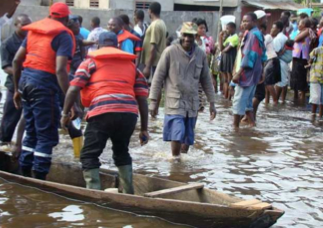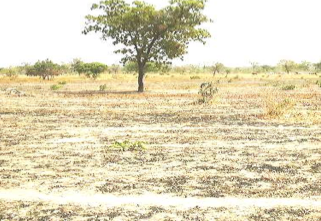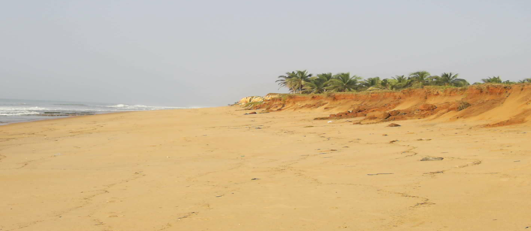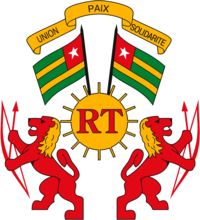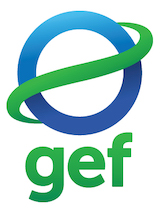Togo National Adaptation Programme of Action (NAPA)
Project Overview
According to the Togo's National Adaptation Programme of Action (NAPA), the country’s economy depends on the agriculture (mainly coffee, cocoa, and cotton). Agriculture activity represents about 40% of GDP (comprises 50% of the country’s export earnings) and employs 70% of the population. Togo's climate varies from tropical to savanna. The main climate risks facing Togo are violent winds, coastal erosion, poor distribution of rain, and late rains, with flooding and drought remaining the greatest threats.
Project Details
Togo is located in West Africa on the Atlantic coast of the Gulf of Guinea. The country spans an area of 54,400 km2 encompassing rolling hills (the Chaîne du Togo) in the north, a southern plateau (Ouatchi Plateau or Terre de Barre), and a low coastal plain with extensive lagoons and marshes. A number of lakes dot the Togolese landscape, the largest being Lake Togo, in the south.1 In 2006, the country had an estimated population of of 6.6 million with an average annual growth rate of 2.5%.2 Considered to be one of the poorest countries in Sub-Saharan Africa, Togo’s average per capita GNP is estimated at US $440.34 This is particularly low compared to the Sub-Saharan Africa average (US $842) and to the Low-Income Countries average (US $650).
In Togo, over 61% of the population lives below the poverty line, a situation more acute in rural areas. Rural poverty is a significant problem in the country; the Savannah region is the poorest with roughly 90% living in poverty, followed by the Central region (78%), Kara (75%), Coastal (69%), Plateau (56%), and Lomé (24%). Undernourishment afflicts 64.2% of the population, and the poor lack reliable access to education, health, electricity, and drinking water. The country’s poverty is in part due to the political turmoil it experienced between 1991-2006 when per capita incomes fell by 20%. In addition to widespread poverty, environmental problems and population growth continue to hinder advancements in development. Togo’s natural resources are being depleted rapidly with devastating consequences for the ecosystem. In particular, clean water is becoming increasingly scarce.
According to the Togo's National Adaptation Programme of Action (NAPA), the country’s economy depends on the agriculture (mainly coffee, cocoa, and cotton). Agriculture activity represents about 40% of GDP (comprises 50% of the country’s export earnings) and employs 70% of the population. The livestock sector remains undeveloped. Phosphate exporting is an important source of revenue for the country. Togo's climate varies from tropical to savanna. The main climate risks facing Togo are violent winds, coastal erosion, poor distribution of rain, and late rains, with flooding and drought remaining the greatest threats.
Source: World Bank Climate Risk and Adaptation Profile (April, 2011)
Priority Sectors
- Agriculture
- Water Resources
- Coastal Zone Management
- Health
- Energy
Key Results and Outputs
Togo's National Adaptation Programme of Action describes the following most urgent adaptation needs:
- Adaptation of agricultural production systems in three regions through the introduction of cultural techniques including the improvement of agro-meteorological information;
- Establishment of an early warning system to provide real-time information regarding flooding in the Maritime and Kara regions;
- Strengthen coastal protection against coastal erosion in the eastern port of Lomé;
- Support for rural communities in the Savannah and Kara regions to prevent and combat vector- borne diseases;
- Develop small-scale irrigation in lowland areas for groups of farmers living in the Central, Kara, and Savannah regions in an effort to curtail migration;
- Initiate income-generating schemes for communities of farmers and fishermen in coastal areas with the objective of building capacity to manage the adverse effects of climate change;
- Support the capture of surface water in the Savannah and Kara by multi-purpose hillside water catchments;
- Source: Togo’s National Adaptation Programme of Action.
- Sustainable management of wood and charcoal energy, bush fire, reforestation, and participative management of existent forest;
- Develop and reinforce the electricity network for its transportation and distribution.
